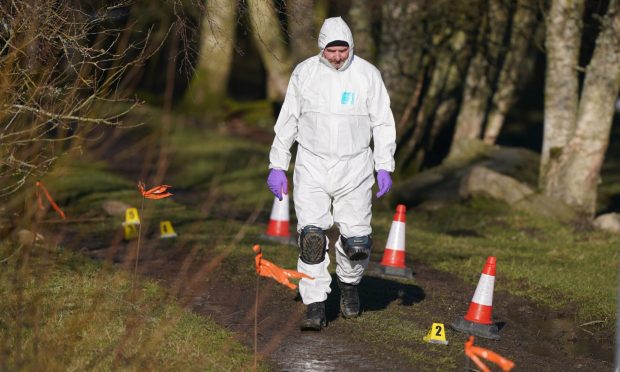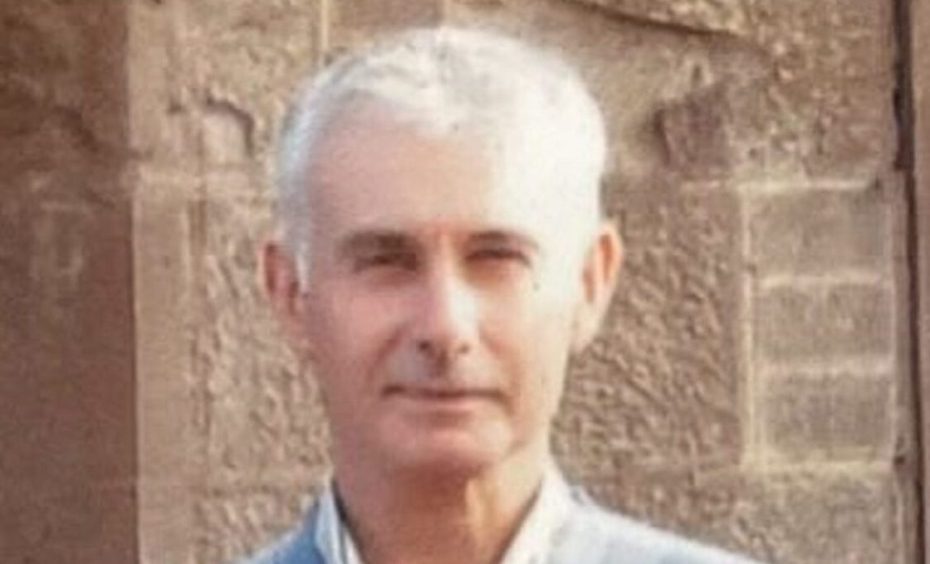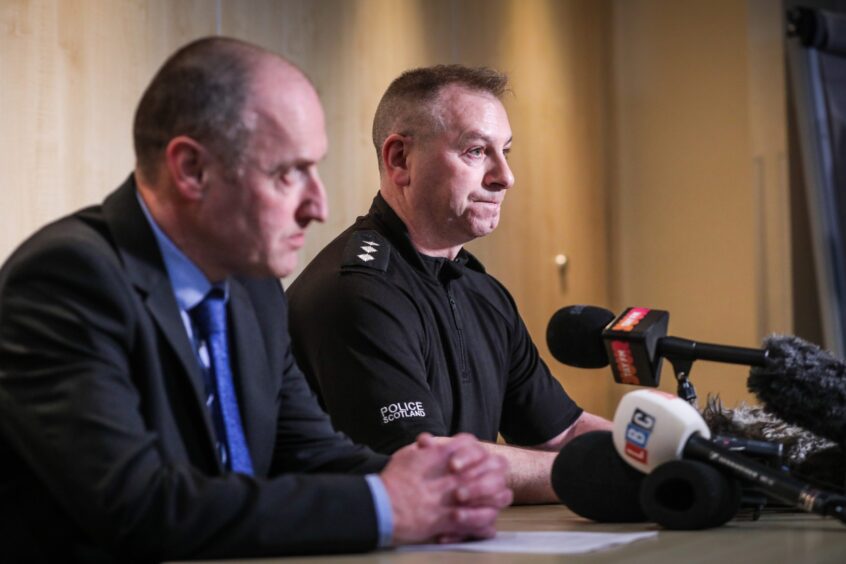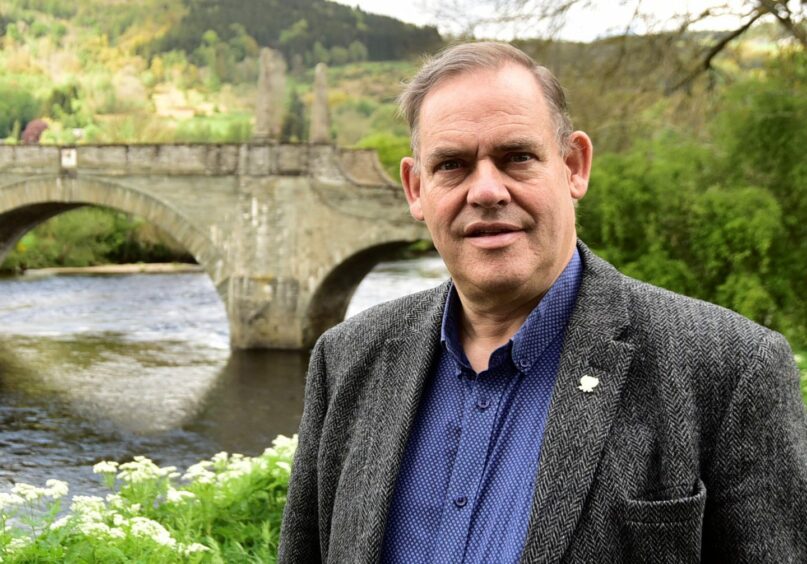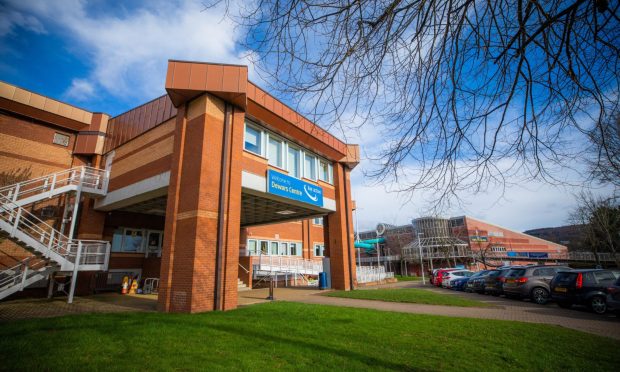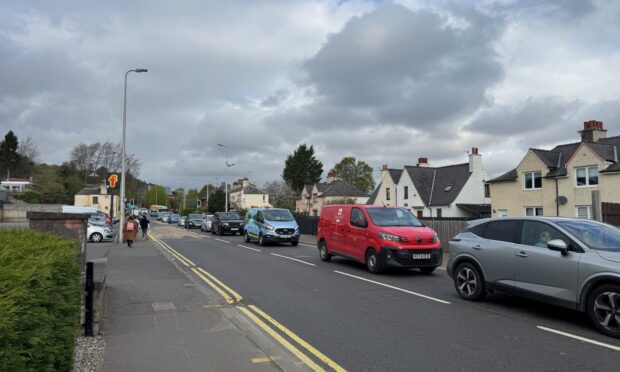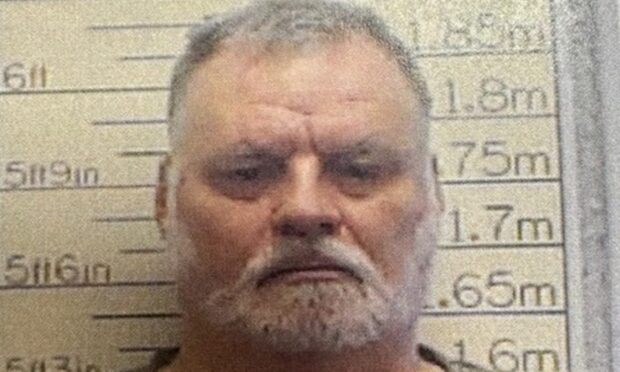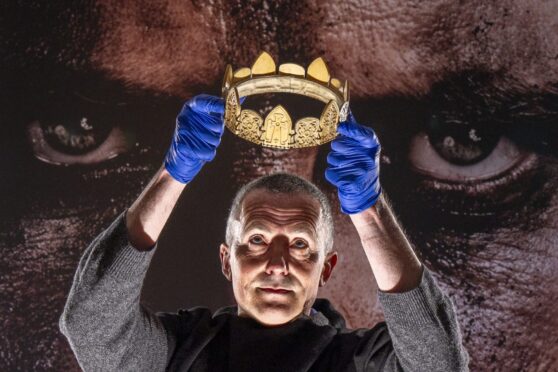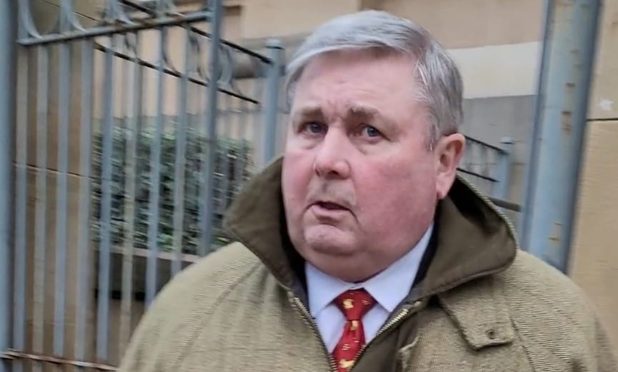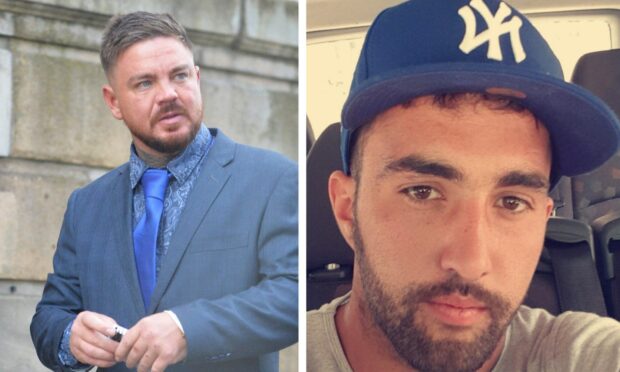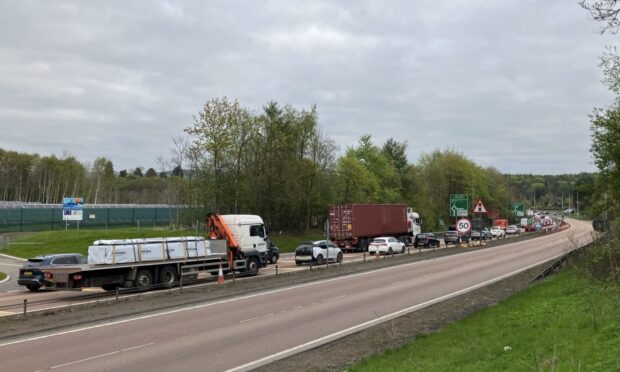Police have provided reassurances that evidence “expected to be present at the crime scene” has been recovered from the location where an Aberfeldy man was shot dead.
Brian Low, 65, died on a remote track in the Pitilie area just outside the town on February 17.
It later emerged that his death had initially been treated as non-suspicious, meaning the scene was exposed to the elements for several days before police established he had, in fact, been murdered.
Senior officers previously admitted at a press conference that key evidence may have been lost as a result of the delays.
Police address evidence fears in Aberfeldy shooting probe
But The Courier can reveal that councillors in Perth and Kinross were reassured last week that some evidence was recovered from the murder site.
In response to concerns evidence had been lost, senior police officers told elected members: “This cannot be ruled out, however, given subsequent scene examinations, evidence expected to be present at the crime scene has been recovered.”
The type of evidence found by officers has not been confirmed and the force said it had nothing to add.
No one has yet been arrested over the murder as police continue to hunt for the killer.
Aberfeldy councillor John Duff, a former police superintendent, says elected members have been concerned about the loss of forensic opportunities.
He said: “I have been assured that the subsequent examination of the scene has recovered evidence expected to be present.
‘Delays may have had an impact on witness testimony’
“The unfortunate delay may have had an impact on vital witness testimony, but police are making every effort to secure all available evidence and progress their investigation.”
He added: “Understandably, there has been much talk about why the police did not treat this as a murder from the start.
“From the circumstances, I think it can reasonably be inferred that it was not immediately obvious that Mr Low had been shot, and everyone at the scene – paramedics, uniformed police officers and detectives – believed that Mr Low had suddenly collapsed and died, and they were dealing with a non-suspicious medical-related death.
“The fact that this was discovered not to be the case a few days later points to the likelihood that initial procedures by the police and ambulance services were not as comprehensive as they should have been, and that a closer examination of the body may have revealed the true cause of Mr Low’s death at the time.
“As I understand it, the fatal wound was only discovered during preparations for the post-mortem and the cause of death was subsequently confirmed following a post-mortem examination on February 23.”
Police Scotland has already referred the matter to the police watchdog Pirc, which will look into the processes followed by officers in the early stages of the investigation.
Mr Duff added: “I imagine the Scottish Ambulance Service will be carrying out a similar review of their procedures.”
Ambulance bosses have already said they did not intend on launching their own investigation into the case.
